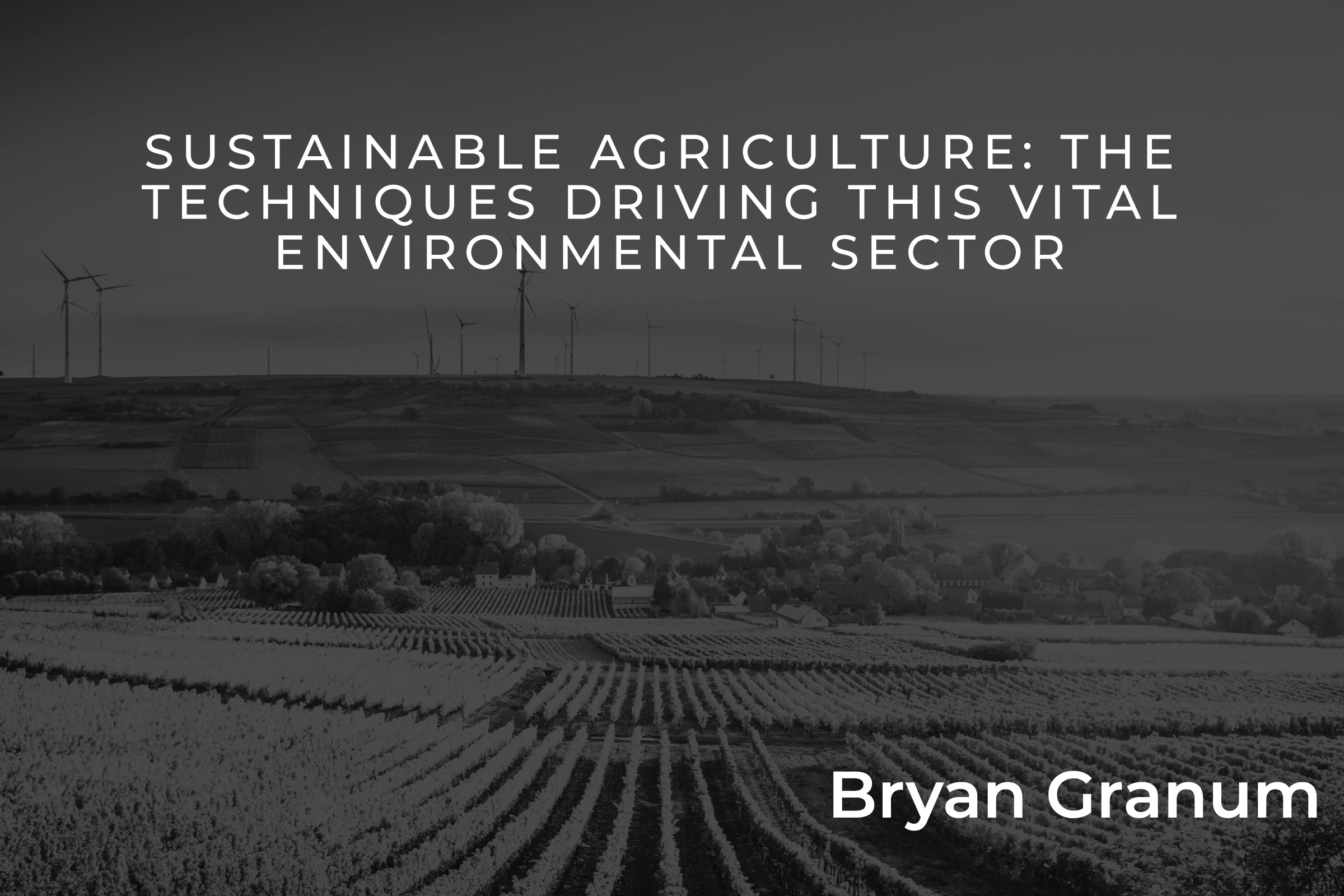As more organizations implement environmental, social, and corporate governance (ESG) as an overarching framework, a growing number of industries are turning the corner in becoming more sustainable and socially conscious. One primary driver of this growth is an increased emphasis on ESG’s environmental component – mainly in response to the ongoing (and worsening) climate crisis.
For some industries, this challenge is already being met head-on via crucial eco-focused transformations and cultural adaptations. However, other sectors have continued a dangerous tradition of unsustainable activity, producing a variety of harmful pollutants and consistently occupying a large carbon footprint.
One such industry, agriculture, is regularly ranked among the world’s most polluting sectors despite its central focus on animal products, vegetables and crops, and other inherently organic commodities. Agricultural emissions like pesticides, fertilizers, and other toxic chemicals can have a widespread, long-lasting impact on surrounding ecosystems and natural resources – and the industry’s astronomically high water consumption (nearly 69 percent of all freshwater) is a significant concern without creative conservation-focused protocol.
The problem is that agriculture is also one of the world’s largest and most objectively vital industries, employing over 1 billion people worldwide and generating over $1 trillion worth of food annually. These facts underscore the urgency placed on sustainable agriculture, an ideology that has, fortunately, grown in scale these last few years.
To curb their environmental detriment, agricultural institutions are making the shift to a more sustainable operational model. This multifaceted endeavor entails the rise of new, greener farming techniques conducive to less environmental strain without sacrificing productivity or profitability.
Naturally, the ultimate goal for these institutions is also inherently multifaceted, focusing on a mixture of areas like healthy soil preservation and erosion reduction, eco-focused water management, optimized carbon use, promotion of local biodiversity, and pollution reduction in farm-adjacent waterways and airspaces.
To achieve these feats, sustainable farms are implementing new techniques – and reimagined versions of longstanding practices – to keep their various processes as green and noninvasive as possible. For instance, a farm may implement sustainability-focused crop rotation, planting many different crops to promote crop diversity, which, in turn, can organically aid soil health, pest reduction, and weed elimination without the need for harmful supplementary measures like herbicides or fertilizers. However, these farms may augment crop rotation with natural supplements – namely cover crops, which can help in the aforementioned fields while also aiding water and erosion management.
Similarly, farms may invest in integrated pest management (IMP) protocol – or a pest management framework favoring biological and mechanical control measures over pesticides and other blanket chemical-based options. IMP programs operate atop a more nuanced, preemptive analysis of the pests in question; farmers may set crucial action thresholds to determine when (and if) pest management is needed to begin with, and this typically involves identifying and analyzing all local organisms and distinguishing between those that are harmful and those that are benign. Such measures better inform crop rotation schedules and ensure all aspects of crop management are environmentally sound.
Farms can also repurpose their existing infrastructure to support integrated animal and crop production. Many farms have long kept livestock separate from the vast crops grown – often unsustainably – to satiate them, but integration methodology suggests a more eco-friendly alternative where ruminant livestock and crops are kept together. As noted by the US Department of Agriculture, this practice encourages the adoption of “cover crops for manure and compaction management, and as a possible feed for ruminant animals.” Ruminant animal manure also acts as “a great soil amendment to improve soil health in cropland … [and] crop diversity tends to be greater on animal farms because of the nutritional needs of the animals.”
These techniques are but a few key practices driving today’s sustainable agriculture. Moving forward, farms must continue to embrace and innovate these approaches to help the agriculture industry keep pace with an increasingly ESG-conscious world.




